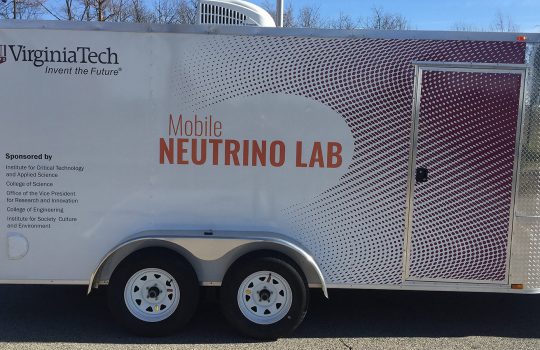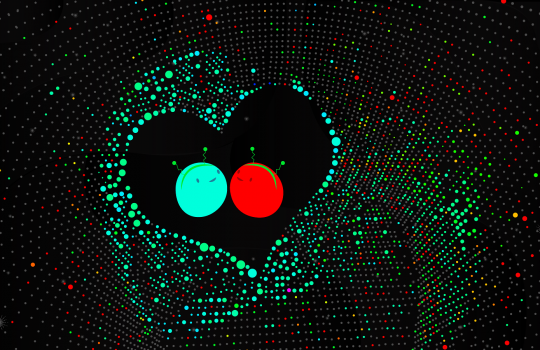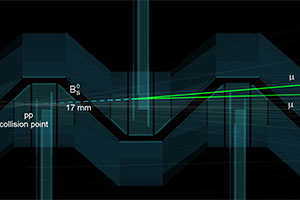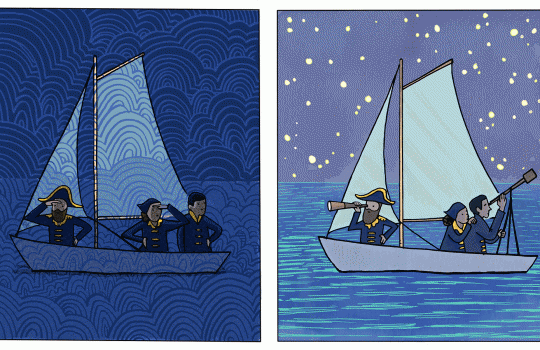1981 - 1990 of 2176 results
#AskSymmetry Twitter chat with Anne Schukraft
See Fermilab physicist Anne Schukraft’s answers to readers’ questions about neutrinos.
Wizardly neutrinos
Why can a neutrino pass through solid objects? Watch the four-minute, Harry Potter-inspired explanation.
ProtoDUNE revealed
From CERN Courier, Feb. 15, 2017: CERN makes rapid progress towards prototype detectors for the international DUNE experiment.
LHCb observes rare decay
Standard Model predictions align with the LHCb experiment’s observation of an uncommon decay.
What ended the dark ages of the universe?
New experiments will help astronomers uncover the sources that helped make the universe transparent.
Schools embrace catapults, oil spills and other methods of STEM learning
From The Doings/Chicago Tribune, Feb. 3, 2017: STEM events in LaGrange included a visit from Fermilab’s Jerry Zimmerman, better known as Mr. Freeze, and his demonstrations of cryogenics.
Michael Syphers named to national panel on high-energy physics
From NIU Today, Feb. 1, 2017: The U.S. Department of Energy and the National Science Foundation have appointed Michael Syphers, a senior research professor of physics at NIU and former Fermilab physicist, to serve as a member of the national High Energy Physics Advisory Panel.
Road trip science
The Escaramujo Project delivered detector technology by van to eight universities in Latin America.







